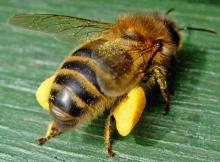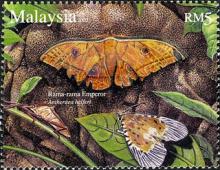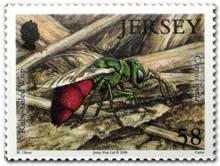Mundo contaminado - Contaminated World
- Lees meer over Mundo contaminado - Contaminated World
- Login om te reageren
Insects are unsung heroes of our ecosystem, pollinating our food (and that of many of our farm animals) and many of the trees that enable us to breathe. They provide food for birds and mammals, all of which play a role in the food chain, supporting the web of life on earth. We are witnessing a general decline of many insects. The decline of our pollinators is the most serious facing mankind, and cannot be underestimated. It is so serious, that the effects specifically of pesticides on the insect population, should not be ignored. Drawing on his own research using the Druckrey–Küpfmüller equation, as well as other research, such as the contamination of surface water with neonicotinoids and the arthropod and bird populations, the Dutch toxicologist Henk Tennekes concludes that these pesticides are linked to an ecological collapse of insects (including bees), the birds that feed upon insects, or the seeds or fruits from plants pollinated by them. He concludes that even minute quantities are harmful to insects.







